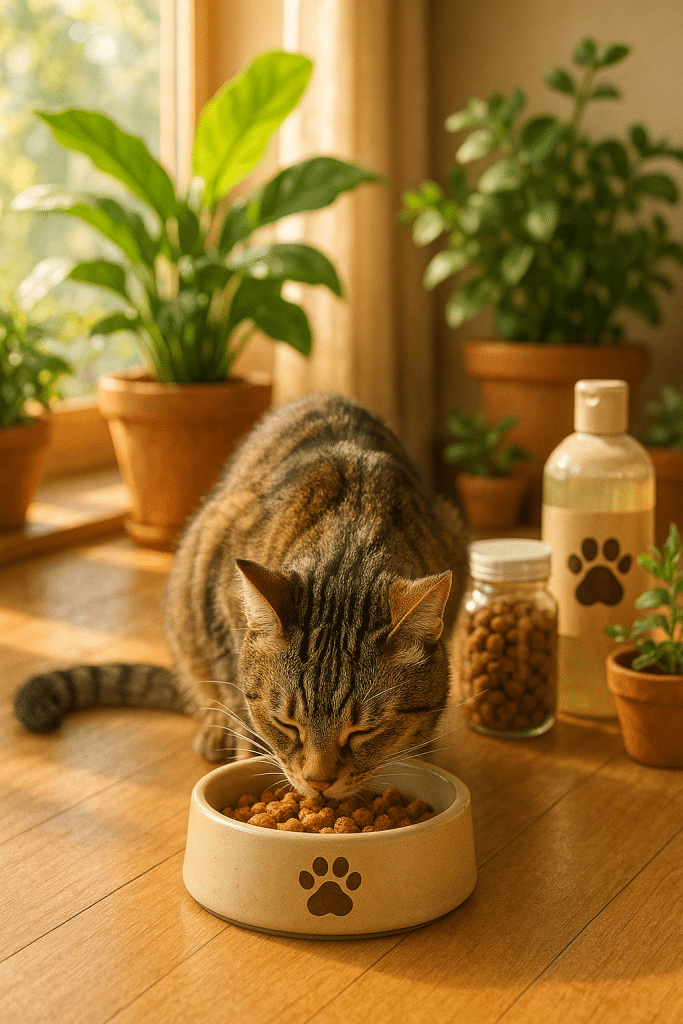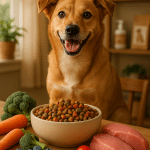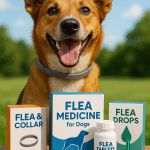When it comes to caring for our feline companions, nutrition plays a starring role. Choosing the best cat food isn’t just about picking the first bag off the shelf, but understanding your cat’s unique needs, lifestyle, and health status. Whether you’re a new pet owner or a seasoned cat parent, navigating through various types of cat food, ingredient labels, and dietary options can be overwhelming. Good news: I’m here to help you make sense of it all.
In this comprehensive guide, I’ll walk you through seven essential tips to select the best cat food tailored perfectly for your feline friend. We will explore key nutritional requirements, life stage considerations, the pros and cons of different food types, and how to read ingredient lists like a pro. I’ll also spotlight some vet-recommended brands you can find locally, and share insider tips on transitioning your cat to new food smoothly. Plus, I’ll highlight how to integrate holistic care so your cat thrives beyond just their meals.
By the end, you’ll feel confident making informed decisions that support your cat’s health, happiness, and longevity. So, let’s dive in and discover exactly what makes the best cat food for your furry family member!
Understanding Feline Nutrition: Foundations for Choosing the Best Cat Food
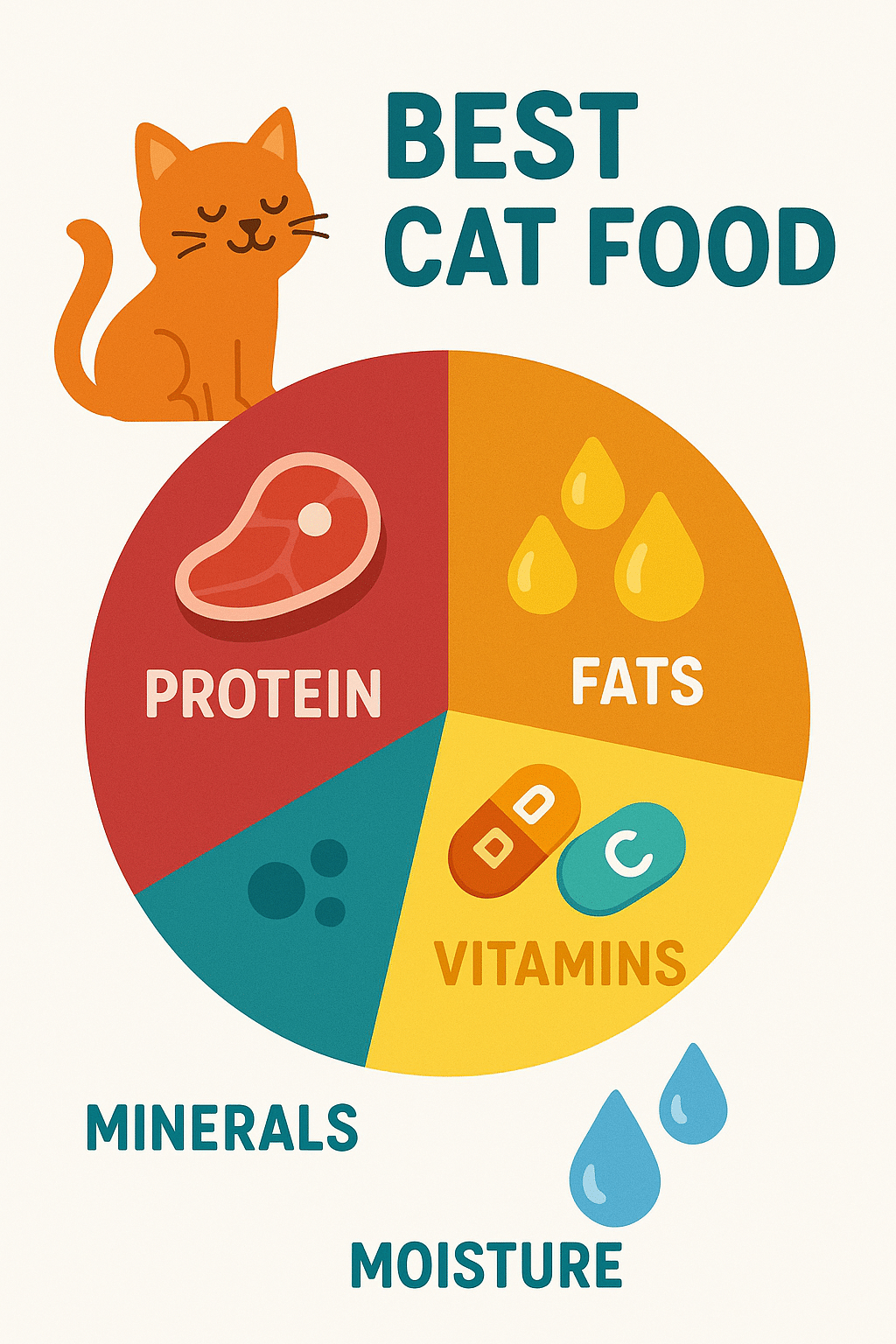
Understanding what your cat needs nutritionally forms the cornerstone of selecting the best cat food. Cats are obligate carnivores, meaning their bodies require nutrients found primarily in animal-based proteins. This fundamental biological trait influences which ingredients and nutrient profiles you should prioritize.
Key Nutrients: Taurine, Proteins, and Fatty Acids in Cat Food
Taurine is an amino acid essential for cats but one they cannot produce efficiently on their own. Deficiencies in taurine can lead to severe health problems like heart disease (dilated cardiomyopathy), vision loss, and reproductive failure. Therefore, the best cat food always contains ample taurine, typically supplied through meat or fish ingredients.
Next up is protein—arguably the most important macronutrient for cats. High-quality animal proteins provide essential amino acids vital for muscle maintenance, energy production, and immune function. Cats need a diet where protein makes up a significant portion of the calories, often upwards of 30-50%, depending on their life stage.
Fatty acids like omega-3 and omega-6 are crucial for maintaining healthy skin and coat, reducing inflammation, and supporting cognitive function. Ingredients such as salmon oil, flaxseed, or chicken fat commonly provide these in premium formulas.
The Role of AAFCO Standards and Pet Food Labeling in Quality Assurance
Navigating cat food labels can feel like deciphering a secret code, but knowing the essence of AAFCO (Association of American Feed Control Officials) standards helps. AAFCO sets nutritional profiles that pet foods should meet to claim they provide “complete and balanced” nutrition. Look for statements like “Formulated to meet AAFCO Cat Food Nutrient Profiles,” which assures that the product has undergone rigorous nutrient testing for your cat’s needs.
Pet food labels also list ingredients by weight, from most to least. However, be cautious—water and packing moisture can affect the order, especially in wet foods. It’s important to focus on the source and quality of proteins rather than just numbers.
Different Types of Cat Food: Wet vs. Dry, Grain-Free, and Limited Ingredient Diets
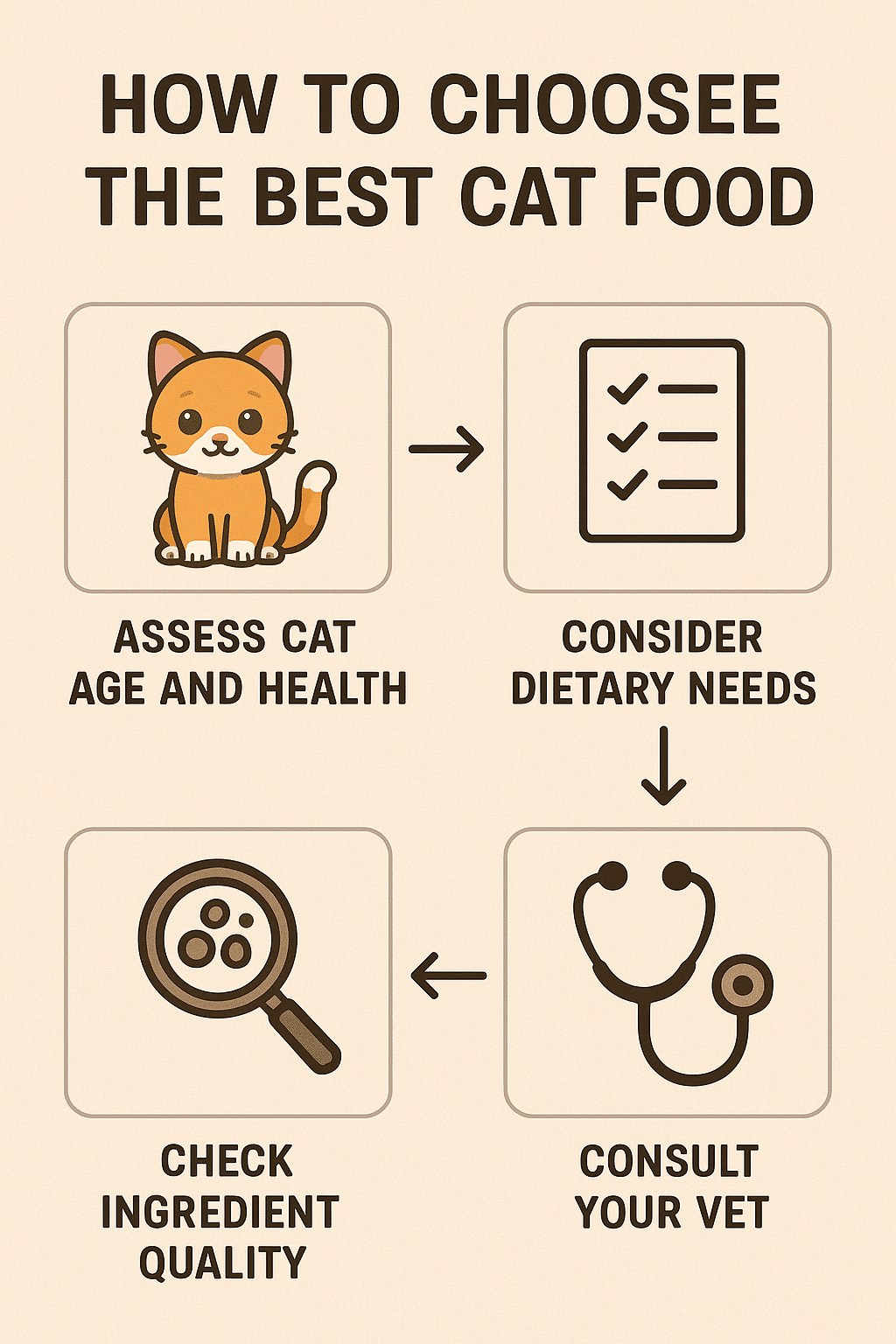
There’s no one-size-fits-all when it comes to cat food types. Each kind comes with unique advantages and potential drawbacks.
Benefits and Drawbacks of Wet and Dry Cat Food for Indoor Cats
Wet cat food usually contains around 75-80% moisture, which supports hydration—a critical consideration, especially for indoor cats who may drink less water. Its texture and aroma often appeal to picky cats, encouraging a more enthusiastic appetite. Plus, wet food may help reduce urinary tract infection risks due to increased water intake.
On the flip side, wet food can be more expensive over time, has a shorter shelf life after opening, and may contribute to dental issues if not balanced with proper oral care.
Dry cat food is convenient, budget-friendly, and can help with dental health by reducing tartar buildup through kibble abrasiveness. However, its low moisture content (~10%) means you need to encourage your cat to drink plenty of water. Some dry foods also contain more carbohydrates and fillers, so checking ingredients is important.
For indoor cats prone to obesity due to lower activity, many specialized dry foods focus on calorie control and digestive health, like Hill’s Science Diet Adult Indoor Cat Food, which supports lean muscle maintenance and a healthy weight.
Exploring Grain-Free and Limited Ingredient Diets for Sensitive Stomachs
Grain-free diets have surged in popularity due to concerns about food sensitivities and allergies. While grains like corn and wheat aren’t natural components of a cat’s diet, evidence linking grain ingredients directly to allergies is limited. Still, cats can be sensitive to specific proteins or fillers, so grain-free options such as Blue Buffalo Wilderness High Protein Grain-Free Adult Dry Cat Food are excellent choices for cats with digestive sensitivities.
Limited Ingredient Diets (LID), like the Natural Balance L.I.D. Limited Ingredient Diets Green Pea & Duck Formula, restrict the number of ingredients to reduce allergens and digestive irritants. They often rely on novel proteins like duck or venison to minimize potential allergic reactions. These diets are ideal for cats showing signs of food allergies, such as vomiting, diarrhea, or itchy skin.
How Moisture Content Affects Cat Hydration and Health
Cats evolved as desert animals with a low thirst drive and typically obtain much of their water from prey. Domestic cats, especially indoor ones, often rely heavily on their food for hydration. Wet foods provide significant moisture, helping prevent chronic dehydration—a risk factor for kidney disease and urinary tract issues.
In contrast, dry cat food requires cats to drink more water, proactively encouraged by pet owners through water fountains or multiple water bowls. Some owners combine wet and dry food feeding to balance hydration and dental care.
Life Stage, Activity, and Health Considerations in Selecting Cat Food
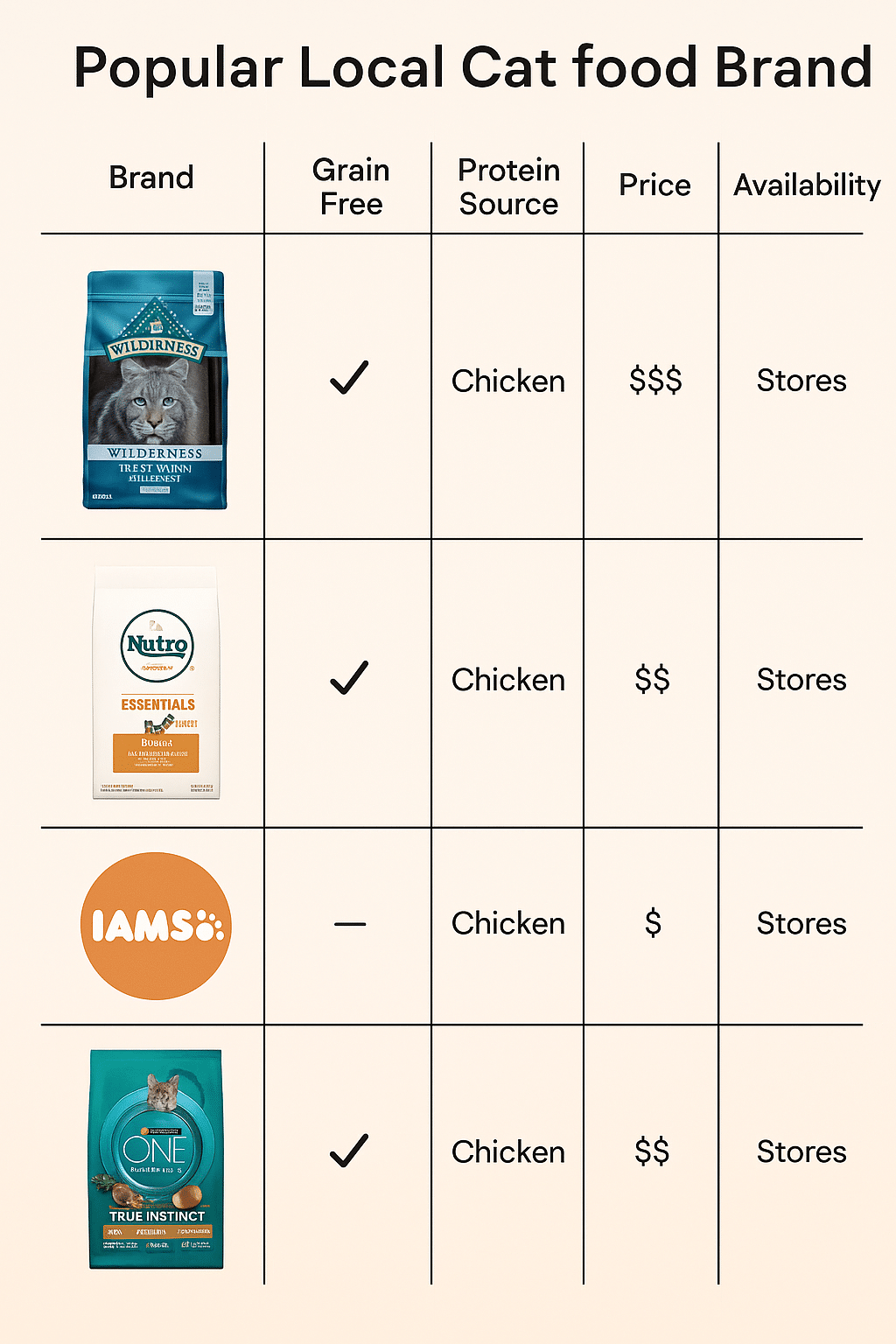
Cats’ nutritional requirements change throughout their life, activity level, and health status.
Nutritional Needs for Kittens, Adult, and Senior Cats
Kittens need nutrient-dense food rich in proteins, fats, taurine, and DHA for brain development. A kitten-specific formula ensures balanced growth and energy.
Adult cats require maintenance diets that support their current weight and lifestyle—active cats need higher protein and calorie intake, while less active cats benefit from controlled portions to avoid obesity.
Senior cats might have reduced caloric needs but increased demand for joint-support nutrients, antioxidants, and easily digestible ingredients. Some formulas include added vitamins and supplements to support aging joints and organs.
Special Dietary Needs: Food Allergies, Hairball Control, and Weight Management
Allergies can reveal themselves as skin irritation, excessive grooming, or digestive upset, necessitating hypoallergenic or limited ingredient diets. Hairball control diets contain specialized fiber blends to help cats expel fur naturally and avoid blockages.
Weight management diets, such as Royal Canin Feline Health Nutrition Indoor Adult Dry Cat Food, combine controlled calorie content with ingredients that promote satiety. Overweight indoor cats benefit greatly from such formulations to maintain healthy body conditions.
How to Read and Analyze Cat Food Ingredients for Optimal Health
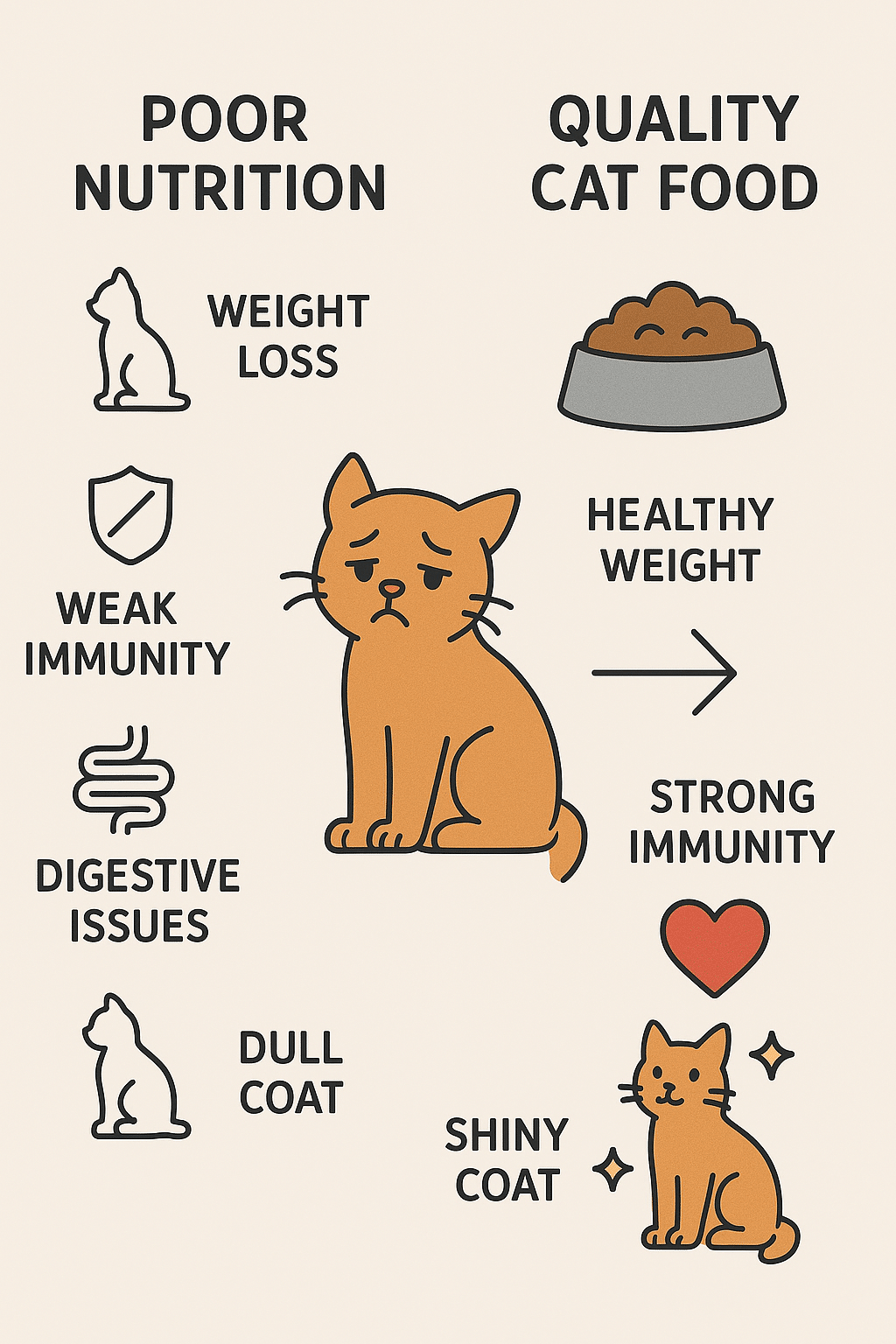
As a cat owner, becoming a savvy ingredient reader is invaluable.
Identifying High-Quality Protein Sources and Avoiding Fillers
Look for named meat sources like “chicken,” “salmon,” or “duck” as first ingredients rather than vague terms like “meat meal” or “animal by-product.” Avoid unnecessary fillers such as corn, wheat, or soy that add carbs but little nutritional value.
For instance, Wellness CORE Grain-Free Original Formula features turkey, chicken, and salmon oil prominently, giving your cat diverse protein sources and healthy fats.
Understanding Preservatives, Additives, and Their Impact on Cat Health
Natural preservatives like vitamin E (mixed tocopherols) and vitamin C are preferable to synthetic additives such as BHA/BHT, which some studies link to health risks. Likewise, avoid artificial dyes and flavors that add no nutritional benefit and may cause sensitivities.
Probiotics, found in some formulas like Purina Pro Plan Savor Adult Shredded Blend Chicken & Rice Formula, support gut health and bolster immunity, making them a valuable addition to premium diets.
Transitioning to New Cat Food: Best Practices for a Smooth Changeover
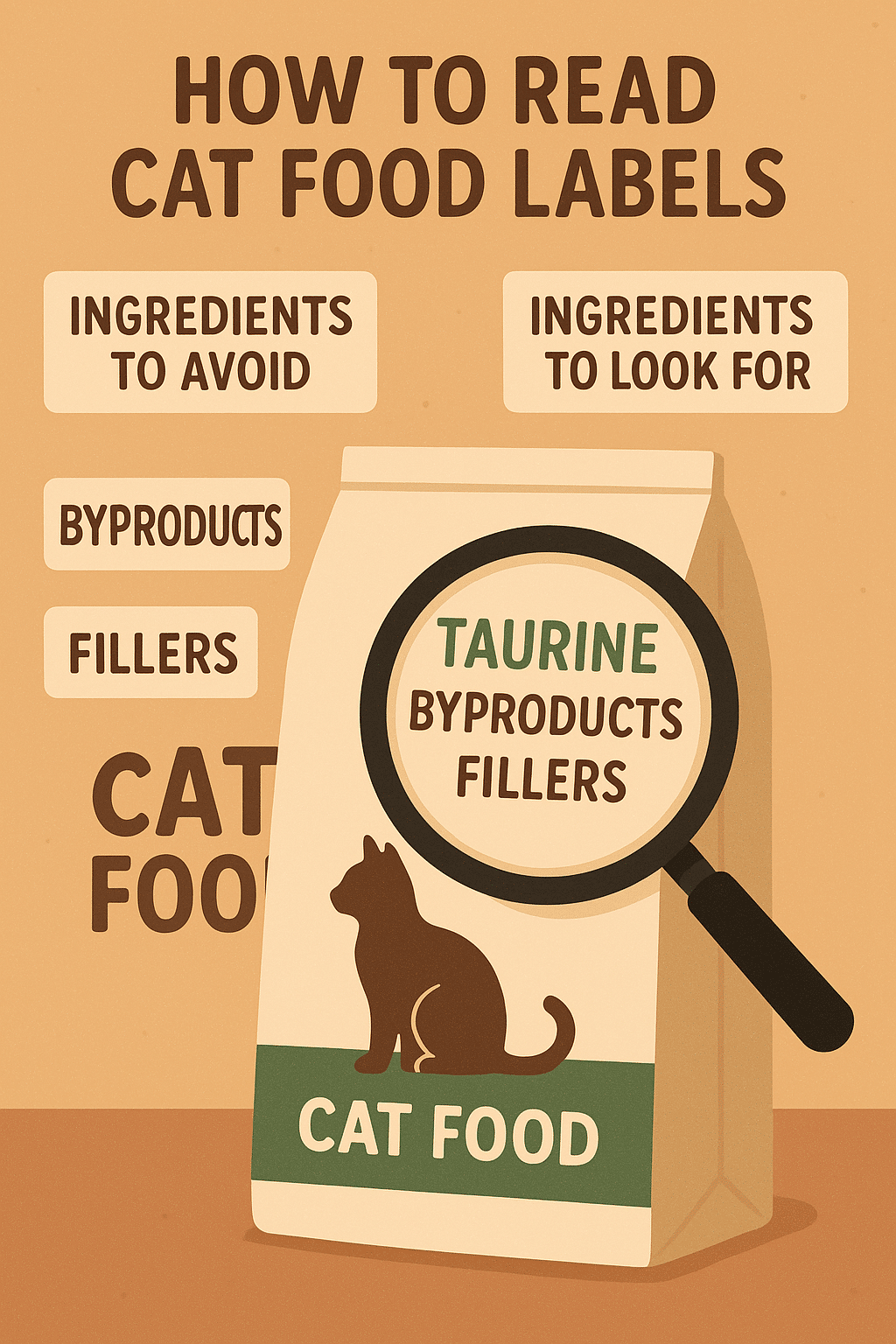
Changing your cat’s diet abruptly often leads to digestive upset or food refusal.
Recognizing Food Sensitivities and Monitoring Your Cat’s Response
Starting with small amounts of the new food mixed with the old over 7–10 days helps your cat’s digestive system adjust gradually. Watch for vomiting, diarrhea, lethargy, or skin changes, and consult your vet if these arise.
Feeding Schedules and Portions: Tailoring to Your Cat’s Lifestyle
Portion control is critical, especially for indoor cats with lower activity. Measure meals according to package feeding guidelines adjusted for your cat’s weight and activity level. Many owners prefer feeding 2–3 small meals a day over free feeding to help regulate intake and monitor appetite closely.
Vet-Recommended and Top-Rated Cat Food Brands to Consider
Here are some reliable brands vetted by both veterinarians and cat owners, available at various local retailers:
Hill’s Science Diet Adult Indoor Cat Food: Digestive & Weight Support
Formulated with real chicken, this dry food supports indoor cats’ digestive health and healthy weight. Available at stores like Anaheim Feed & Pet Supply, Petco, and PetSmart with local delivery options. Prices vary—3.5 lb bags range around $21.99, while 7 lb bags are about $34.99.
Hill’s Science Diet Official Store
Blue Buffalo Wilderness High Protein Grain-Free Adult Dry Cat Food
Rich in animal protein and without grains, this dry food suits cats with sensitivities. Available at PetSmart, Amazon (with about 20% discount), and Petco in various bag sizes from 6 to 11 lbs.
Royal Canin Feline Health Nutrition Indoor Adult Dry Cat Food
Targeted for indoor cats’ unique needs, including hairball control and weight maintenance. Available in multiple retail outlets like PetSmart, Petco, and Amazon in sizes ranging from 3 to 15 lbs.
Wellness CORE Grain-Free Original Formula: Protein-Rich and Grain-Free
A nutrient-dense dry food featuring turkey, chicken, and salmon oil with probiotics. Sold at Walmart, Theisen’s, and Care-A-Lot Pet Supply.
Purina Pro Plan Savor Adult Shredded Blend Chicken & Rice Formula
Combining real chicken and rice with prebiotics, this dry food supports digestion, skin, and coat health. Available at Cameron Pet Supply and via Purina’s website.
Nutro Wholesome Essentials Indoor Adult Dry Cat Food
Formulated with real chicken and prebiotic fiber to maintain healthy digestion and weight. Sold at PetSmart, Petco, and Tractor Supply Co.
Natural Balance L.I.D. Limited Ingredient Diets Green Pea & Duck Formula
Ideal for cats with food sensitivities, this grain-free dry food limits ingredients and avoids artificial additives. Available at retailers like Pet Life, Pets Warehouse, and Benson’s Pet Center.
Locating Local Sources: Pet Stores and Veterinary Nutrition Services Near You
Finding Reliable Local Retailers and Delivery Options for Quality Cat Food
Many local pet stores and supply outlets offer these premium cat food brands. Big retailers like Petco, PetSmart, and Tractor Supply Co provide both in-store purchases and same-day delivery, which is super convenient.
Additionally, specialty stores and regional suppliers often stock natural and organic cat foods that cater to specific dietary needs. Websites like Anaheim Feed & Pet Supply offer local discounts and free delivery options, making sourcing easier.
When and How to Consult a Veterinary Nutritionist for Personalized Advice
If your cat has specific health challenges—like food allergies, chronic infections, or obesity—consulting a veterinary nutritionist can be a game-changer. These experts tailor diet plans based on medical history, lab results, and lifestyle, ensuring the best nutritional outcome.
Often, your primary vet can refer you to a specialist or vet nutritionist, especially if you’re considering homemade recipes or unique supplements.
Monitoring and Adjusting Your Cat’s Diet Over Time for Optimal Wellbeing
Signs of Nutritional Deficiencies or Allergic Reactions
Be vigilant for symptoms such as:
- Dull coat or hair loss
- Vomiting or diarrhea
- Excessive itching or skin inflammation
- Lethargy or weight loss
These signs warrant a review of your cat’s food and possibly a vet visit for testing.
Incorporating Homemade Cat Food Recipes with Vet Guidance
Some owners prefer DIY recipes for control over ingredients. Recipes must be balanced, including taurine supplements, appropriate protein, fats, and essential vitamins. This requires professional guidance to avoid life-threatening deficiencies.
Beyond Food: Integrating Care Tips for Holistic Feline Health
Nutrition is just one piece of the puzzle.
Grooming, Hydration, and Exercise’s Role in Nutrition Effectiveness
Regular brushing reduces hairball formation, while consistent hydration supports digestion and kidney health. Encouraging play and exercise helps maintain a healthy weight and muscle tone, maximizing nutritional benefits.
Preventing Common Issues: Hairballs, Obesity, and Digestive Upsets
Choose fiber-enriched foods or supplements to reduce hairballs. Control calorie intake and increase activity to prevent obesity. Opt for probiotic-enriched foods to enhance digestion and immune health.
Quick Takeaways / Key Points
- Prioritize animal-based proteins rich in taurine for obligate carnivore needs.
- AAFCO certifications ensure nutritional completeness and balance.
- Wet and dry foods both offer benefits; combining them can optimize hydration and dental health.
- Grain-free and limited ingredient diets aid cats with sensitivities or allergies.
- Life stage and activity significantly influence dietary nutrient requirements.
- Learn to read ingredient labels to identify real meat sources and avoid unhealthy fillers.
- Transition your cat’s diet gradually to avoid digestive upset and monitor for adverse reactions.
FAQs
Q1: What is the best cat food for indoor cats with low activity levels?
A1: Look for formulas designed for indoor cats that promote weight management, like Hill’s Science Diet Adult Indoor Cat Food or Royal Canin Indoor Adult Dry Cat Food, which balance calories and nutrients suited for less active cats.
Q2: Are grain-free cat foods better for cats with sensitive stomachs?
A2: Grain-free diets can help cats with food sensitivities but are not necessary for all. Limited ingredient diets like Natural Balance L.I.D. Green Pea & Duck Formula may be more effective for cats with specific allergies.
Q3: How can I tell if my cat needs a special diet for health issues?
A3: Symptoms like vomiting, diarrhea, poor coat condition, or weight changes suggest dietary concerns. Consult your vet for diagnosis. Prescription or veterinary-formulated diets might be recommended.
Q4: Can I feed my cat homemade food safely?
A4: Yes, but only with veterinary guidance to ensure all essential nutrients, especially taurine, are included. Improperly balanced homemade diets can cause serious deficiencies.
Q5: What is the best way to transition my cat to a new food?
A5: Mix increasing portions of the new food with the current one over 7–10 days, monitoring for digestive or behavioral changes to ensure smooth acceptance.
Conclusion
Choosing the best cat food goes beyond convenience—it’s an investment in your feline’s health, happiness, and longevity. By understanding the nutritional science behind cat diets, evaluating the types of foods available, considering your cat’s life stage and health, and reading ingredient labels carefully, you empower yourself to make the best decisions. Vet-recommended brands such as Hill’s Science Diet, Blue Buffalo Wilderness, and Royal Canin offer quality options readily available at local stores and online.
Remember, nutrition interplays with exercise, hydration, and grooming, creating a holistic approach to feline wellbeing. If ever in doubt, seeking professional veterinary advice tailored to your cat ensures the best outcomes.
So, why wait? Explore the options we’ve discussed, consult your trusted vet, and treat your feline friend to the nutrition they deserve. Your cat’s purrs of appreciation will be well worth it!
Happy feeding!

